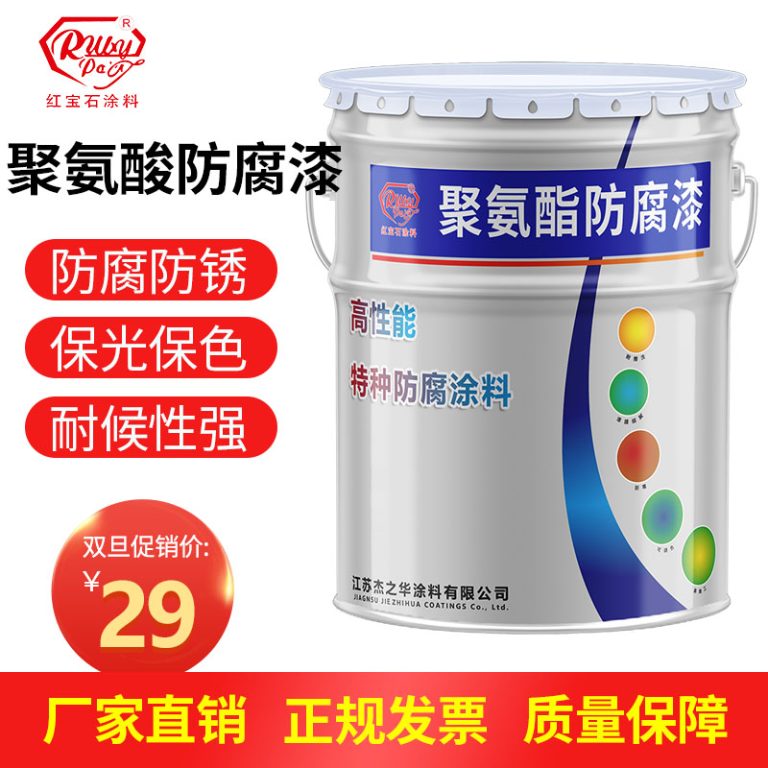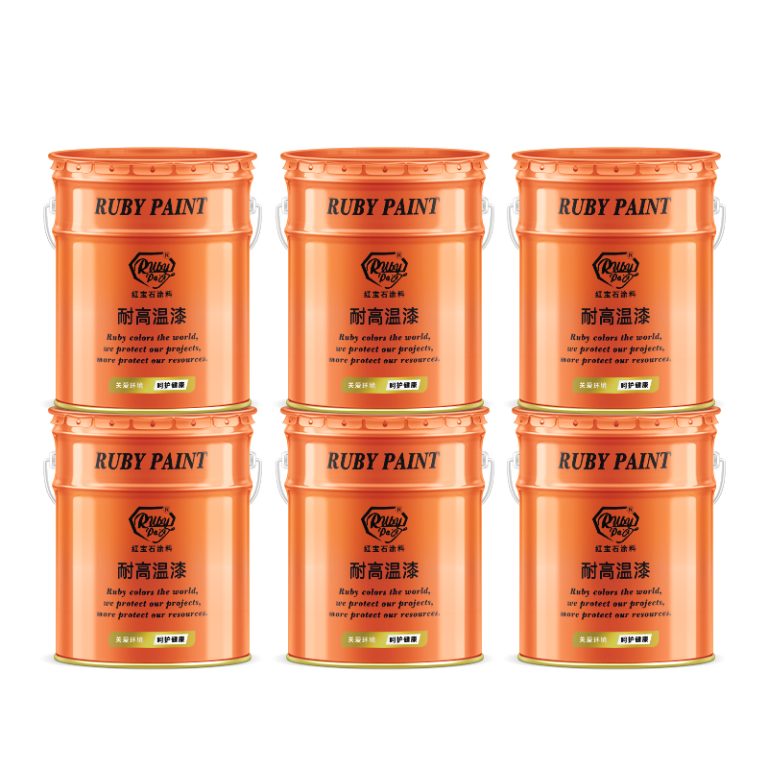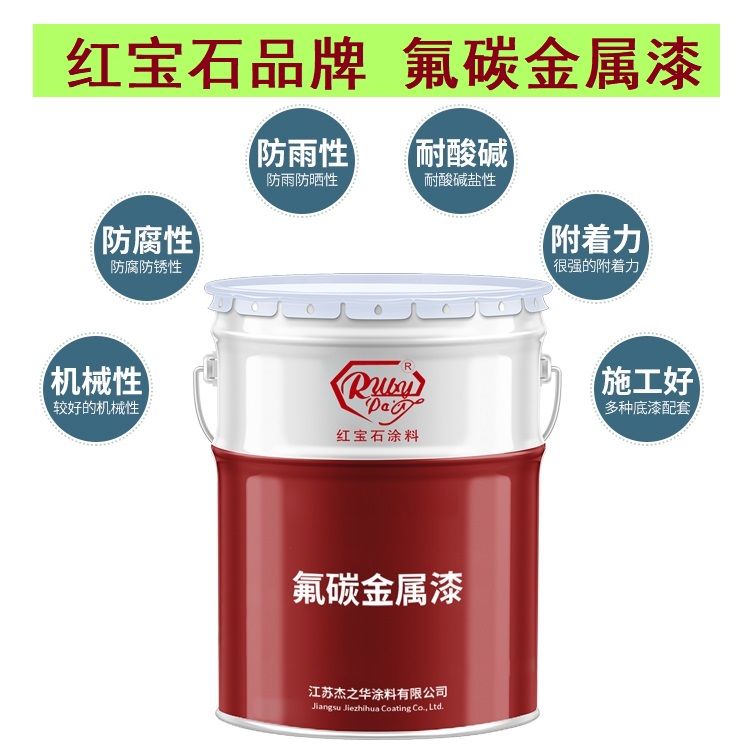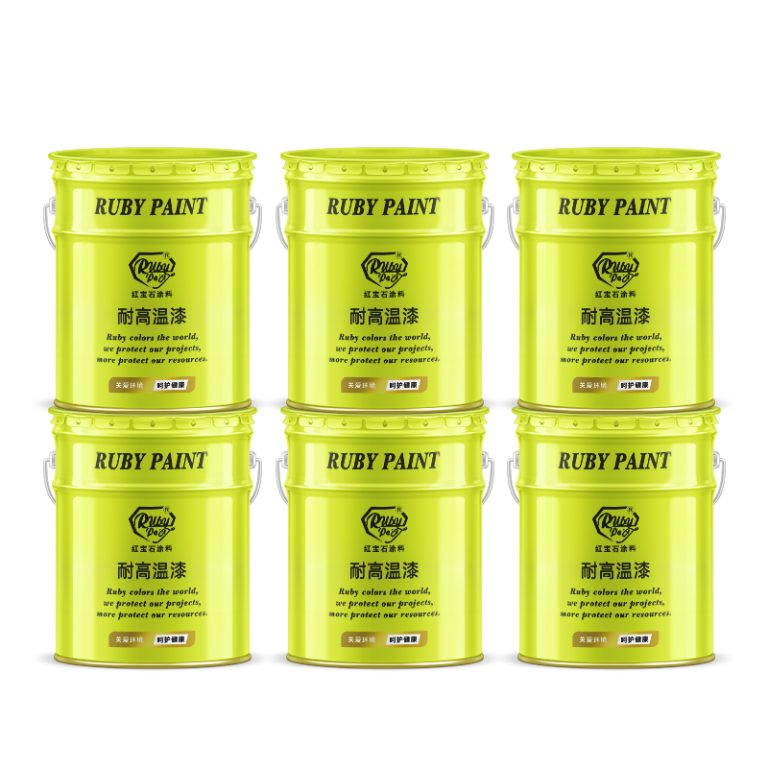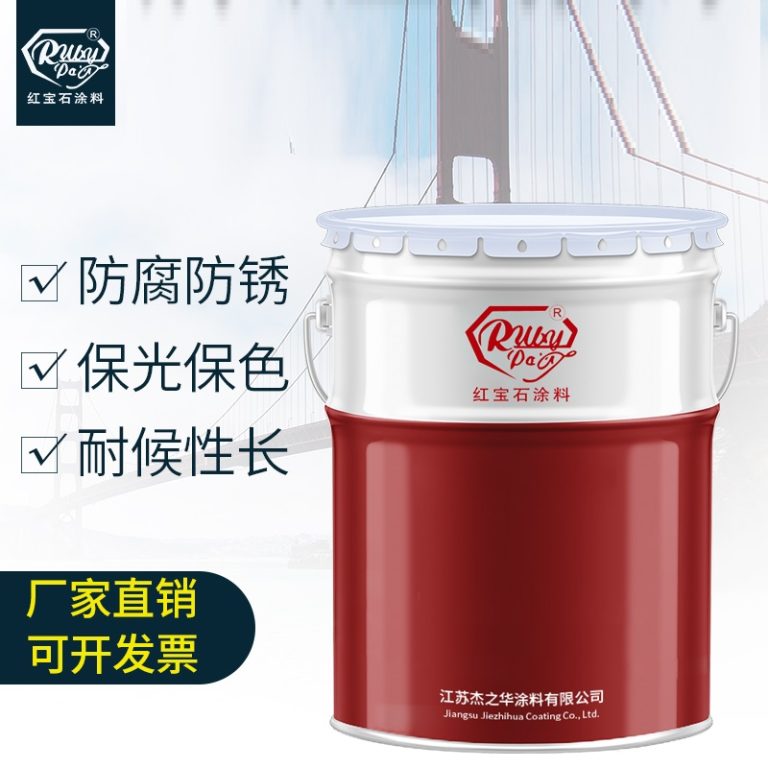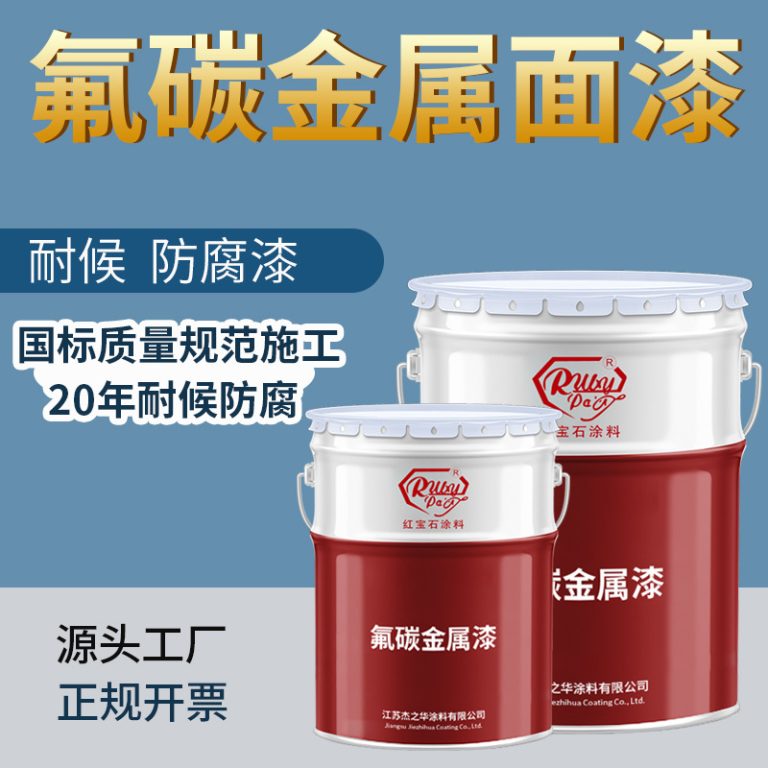Table of Contents
Comparing Epoxy and Zinc Primers: Which Offers Better Protection for Your Metal Surfaces?
When it comes to protecting metal surfaces from corrosion and wear, the choice of primer is crucial. Two of the most commonly used primers for this purpose are epoxy and zinc primers. Each of these coatings offers distinct advantages and limitations, and understanding their properties can help in making an informed decision about which offers better protection for your specific needs.
Epoxy primers are known for their exceptional adhesion to a wide variety of surfaces, including metals, plastics, and wood. This strong bond is due to the chemical reaction that occurs during the curing process, which results in a hard, durable finish. Epoxy coatings are also resistant to chemicals, solvents, and abrasion, making them an excellent choice for environments where the metal might be exposed to harsh conditions. Furthermore, epoxy primers provide a smooth surface that is ideal for the application of topcoats, ensuring a high-quality finish.
| No. | Product |
| 1 | Industrial paint |
On the other hand, zinc primers are specifically designed to offer galvanic protection to ferrous metals. They contain a high percentage of zinc dust, which acts sacrificially when in contact with steel. In the presence of moisture and oxygen, the zinc corrodes preferentially to the steel, thereby protecting it from rust. This process, known as cathodic protection, is particularly effective in safeguarding metal surfaces in highly corrosive environments, such as marine or industrial settings.
The choice between epoxy and zinc primers often comes down to the specific requirements of the project. For instance, if long-term durability and resistance to chemical exposure are priorities, an epoxy primer may be the superior option. Its ability to create a strong, protective layer that adheres well to various substrates makes it a versatile choice for many applications.
Conversely, in situations where metal is at high risk of corrosion due to environmental factors, a zinc primer might be the better choice. Its cathodic protection is especially beneficial for structures that are difficult to maintain or inspect regularly, as it can continue to provide protection even if the topcoat is damaged or wears away over time.
It is also worth considering the conditions under which the primer will be applied. Epoxy primers typically require careful surface preparation and may be sensitive to application conditions such as temperature and humidity. Zinc primers, while also requiring proper surface preparation, are generally more forgiving in their application parameters and can be applied in a wider range of environmental conditions.
In terms of compatibility, epoxy primers can be used in conjunction with a variety of topcoats, offering flexibility in the finishing process. Zinc primers, while they can be overcoated with various types of paint, may require a tie coat or a compatible topcoat to ensure adhesion and prevent saponification, a reaction that can occur when certain topcoats are applied directly over zinc.
Ultimately, the decision between epoxy and zinc primers should be guided by the specific protection needs of the metal surface in question. Both types of primers have their place in the realm of industrial coatings, and each offers distinct benefits that can be leveraged to extend the life and maintain the integrity of metal structures. By carefully considering the environmental exposure, application conditions, and desired longevity of the coating, one can determine the most appropriate primer to ensure optimal protection for metal surfaces.
Epoxy vs. Zinc Primer: Understanding the Differences in Corrosion Resistance and Application Areas
Epoxy vs. Zinc Primer: Understanding the Differences in Corrosion Resistance and Application Areas
When it comes to protecting metal surfaces from corrosion, the choice of primer is crucial. Two of the most commonly used primers are epoxy and zinc primer, each with its own set of characteristics and advantages. Understanding the differences between these two types of primers is essential for selecting the right one for a specific application, ensuring the longevity and durability of the metal surface.
Epoxy primers are known for their exceptional adhesion properties and durability. They are composed of two parts: a resin and a hardener that, when mixed together, create a chemical reaction resulting in a tough, protective coating. This coating provides a strong barrier against moisture and chemicals, making it an excellent choice for environments where the metal is exposed to harsh conditions. Epoxy primers are also resistant to abrasion and have good filling properties, which helps in smoothing out surface imperfections.
On the other hand, zinc primers offer a different type of protection. They contain zinc dust, which acts sacrificially to protect the underlying metal. When the primer is exposed to corrosive elements, the zinc corrodes preferentially, thereby preserving the metal. This process, known as cathodic protection, is particularly effective in safeguarding steel structures against rust. Zinc primers are often used in marine and industrial environments where the risk of corrosion is high.
The choice between epoxy and zinc primer often comes down to the specific requirements of the project. Epoxy primers are typically used when a smooth finish is desired, or when the metal will be exposed to solvents or other chemicals that could degrade a zinc coating. They are also preferred when the primer will be covered with additional layers of paint, as epoxy provides an excellent base for topcoats, ensuring a strong bond and a high-quality finish.
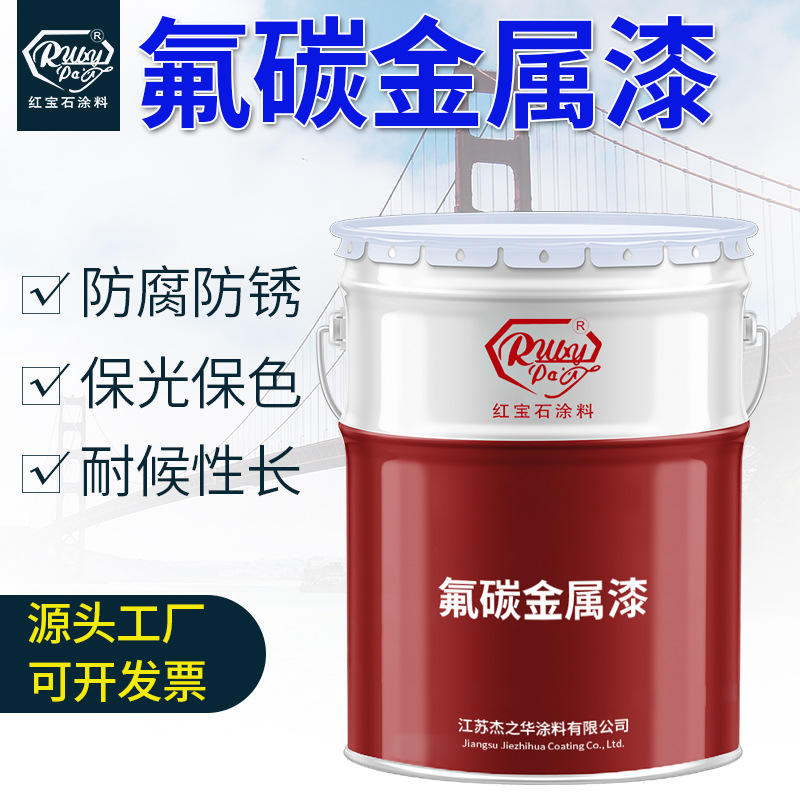
| No. | Product Name |
| 1 | Industrial paint |
Conversely, zinc primers are the go-to option for galvanic protection in highly corrosive environments. They are particularly suitable for structures that are difficult to maintain or inspect regularly, as the zinc provides long-term protection without the need for frequent touch-ups. However, it is important to note that zinc primers are not as effective when covered with non-conductive coatings, as this can interfere with the cathodic protection mechanism.
Another consideration is the application process. Epoxy primers require careful mixing and application within a specific time frame to ensure proper curing and adhesion. They also typically need a longer curing time before additional coats can be applied. Zinc primers, while also requiring proper preparation, are generally more forgiving in terms of application and re-coating times.
In conclusion, both epoxy and zinc primers serve as vital components in the battle against corrosion, but their use is dictated by the conditions to which the metal will be exposed and the desired outcome of the project. Epoxy primers offer superior adhesion and durability, making them ideal for environments with chemical exposure and for projects requiring a high-quality finish. Zinc primers provide excellent galvanic protection, making them the preferred choice for structures in highly corrosive environments where maintenance is challenging. By understanding the unique properties and application areas of each primer, one can make an informed decision that will ensure the best possible protection for metal surfaces.

